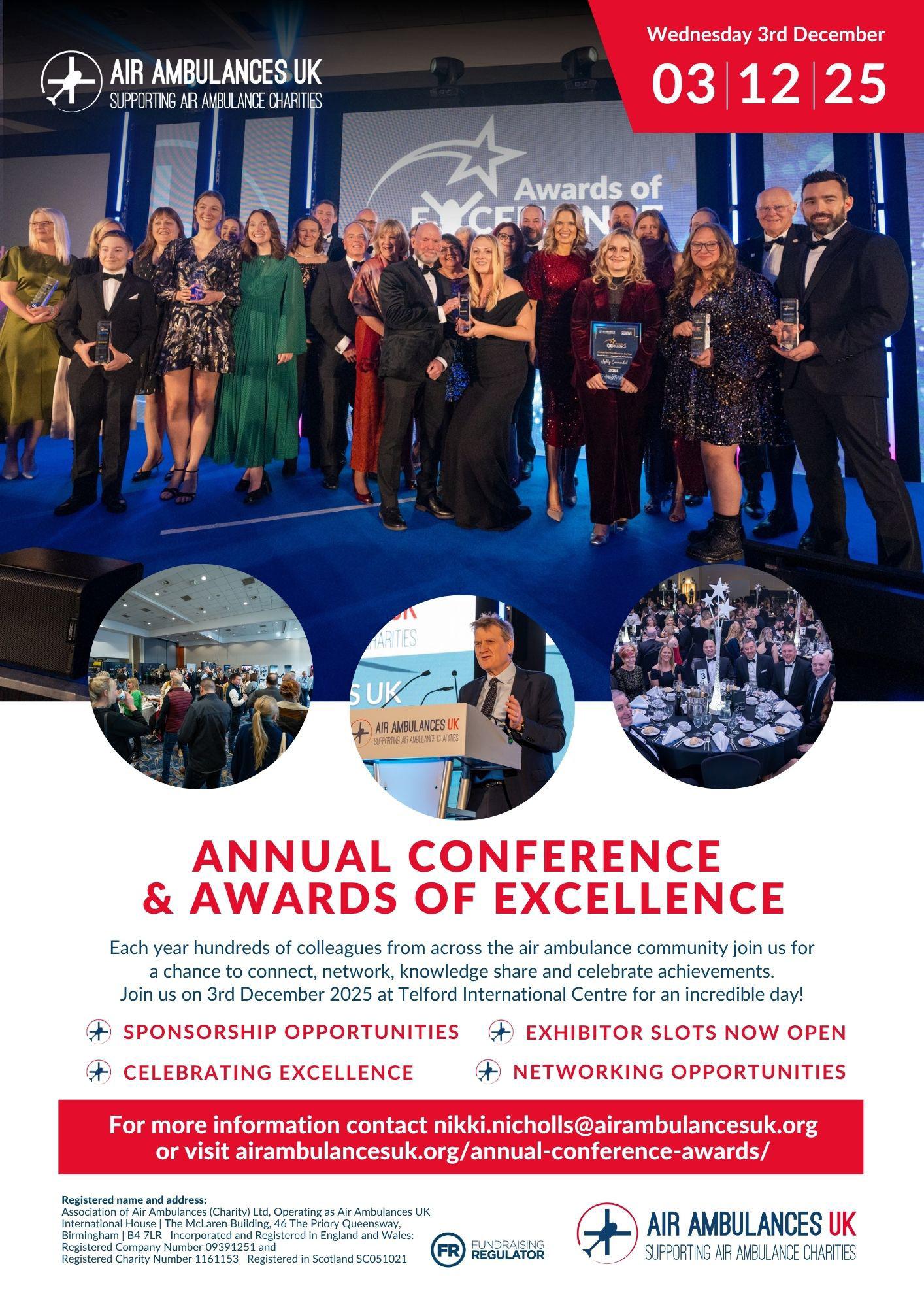> more on page 08

Saving lives after tragedy
The Jude Morris Innovation & Development Fund delivers
> more on page 07
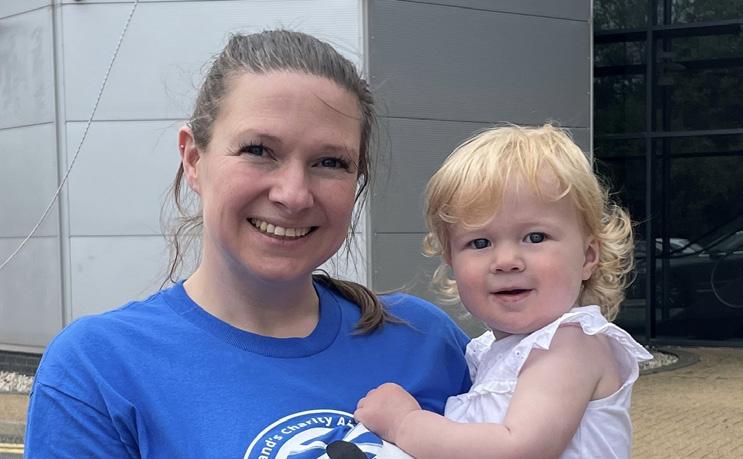
Patient stories
Back from the brink
> more on page 12
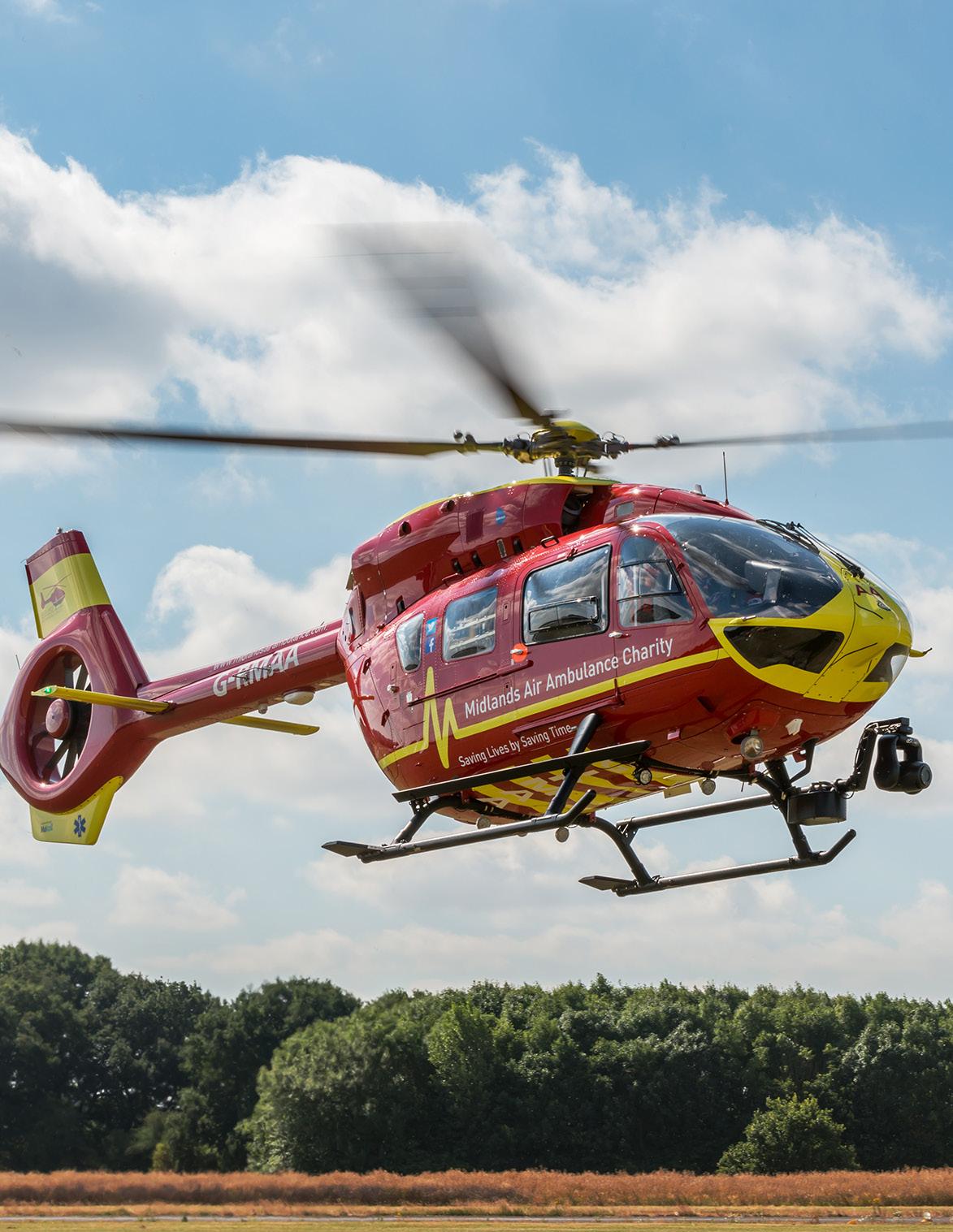





















> more on page 08

Saving lives after tragedy
The Jude Morris Innovation & Development Fund delivers
> more on page 07

Patient stories
Back from the brink
> more on page 12




























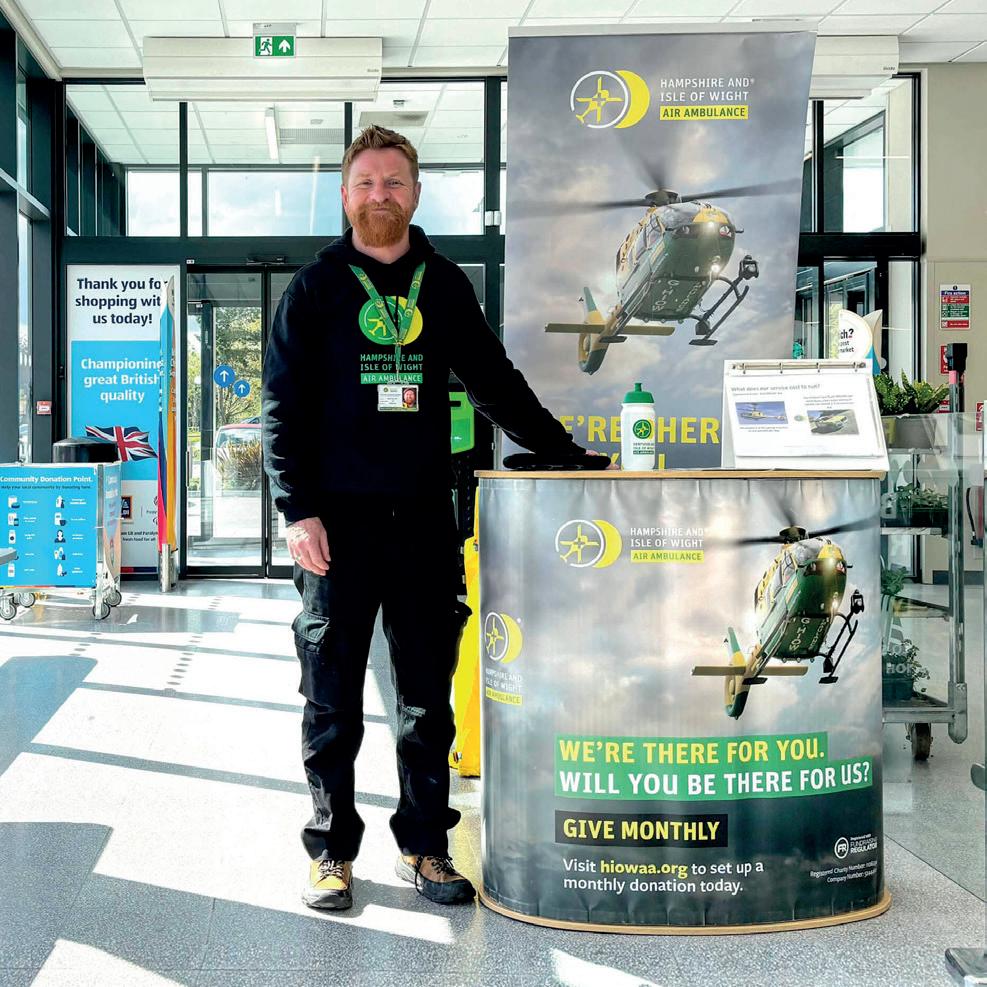




































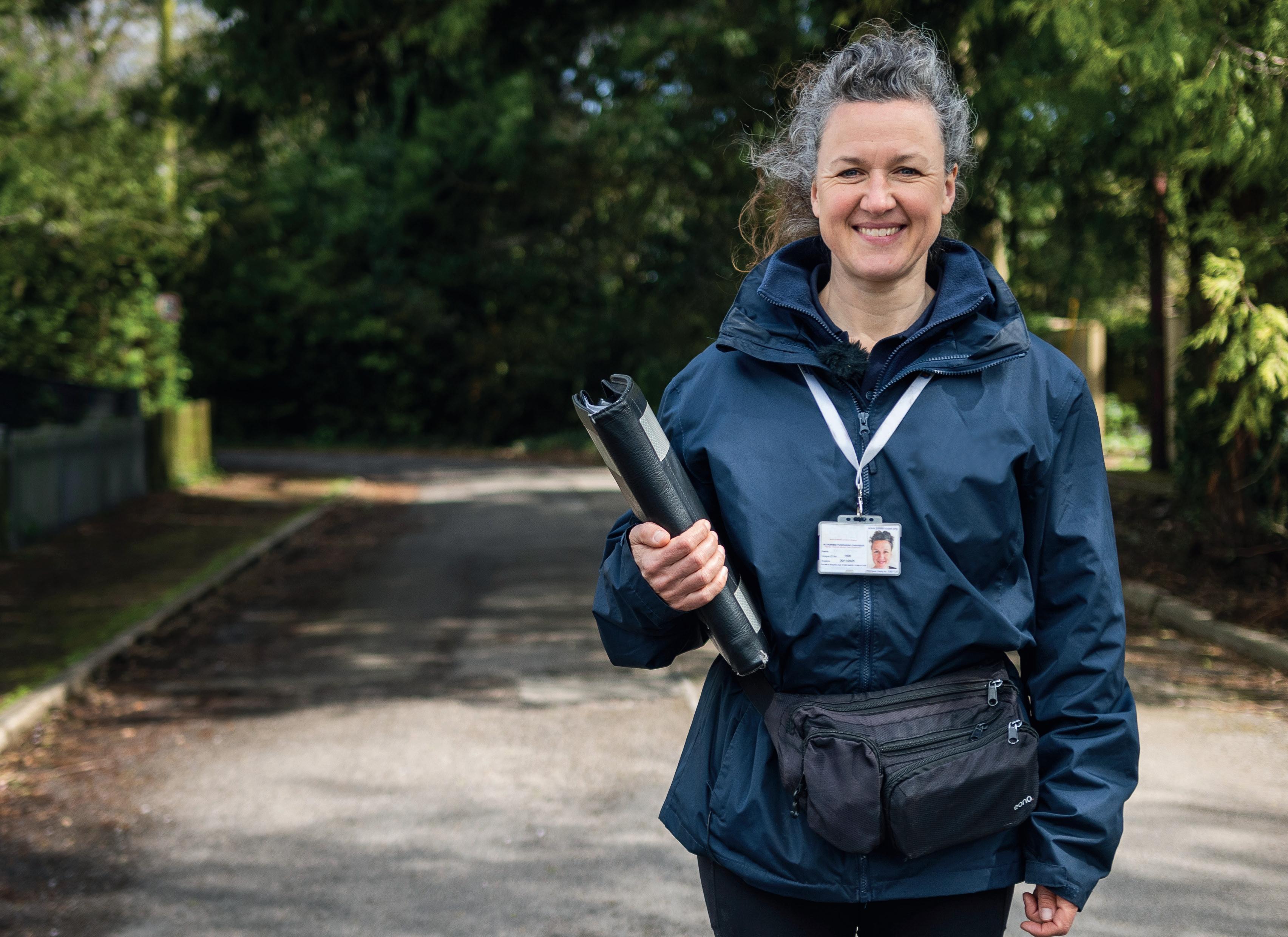
















































Editor - Nick Campion E: info@airambulancesuk.org T: 07958 695778







of Air Ambulances (Charity) Ltd., Operating as Air Ambulances UK. International House, The McLaren Building, 46 The Priory, Queensway, Birmingham, B4 7LR




Association of Air Ambulances (Charity) Ltd, operating as Air Ambulances UK, is Incorporated and Registered in England and Wales: Registered Company Number 9391251 and Registered Charity Number 1161153. Registered in Scotland SC051021.



Association of Air Ambulances Ltd is a subsidiary of the Association of Air Ambulances (Charity) Ltd and is Incorporated and Registered in England and Wales: Registered Company Number 08341197.
















Lindsay Boswell Interim Chief Executive






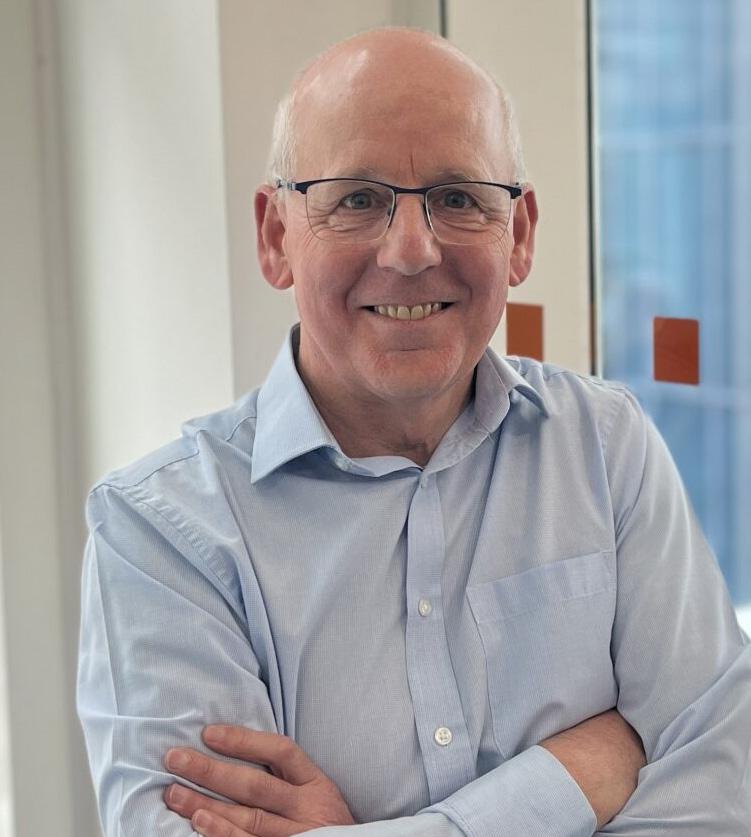
In my first column in Airway, I stated that Air Ambulances UK exists solely because of the 21 air ambulance services across the four nations of the United Kingdom, and our work is driven entirely by the needs of those organisations. I would like to reiterate that again here.
Our primary role is to act as the collective voice of the air ambulance community if and when responses from individual charities or groups of air ambulances are not possible or appropriate. The focus of the board, staff and myself as Interim CEO of Air Ambulances UK is to concentrate on where we can provide added value - and always avoid duplication.
If I have done my calculations correctly, then as a collective, the air ambulance charity sector as a whole is second only to Cancer Research UK in size. That is bigger than the British Red Cross. However, size isn’t everything. What is abundantly clear to me is that there is not a one-size-fits-all model for air ambulance charities and the clinical, operational and community engagement models for London, for example, are very different to rural Wales. Add in the fact that a big part of each air ambulance’s funding comes from local people wanting to fund a local service for their local community, then the model of regional air ambulances with strong regional recognition is a key strength.
Therefore, our key priorities are these three equal areas:
One: generate financial support from national corporate partnerships where the business wants to have one relationship nationally. A successful partnership would also often have strong local relationships with their local air ambulance.
Two: raise the profile of air ambulances nationwide. Too many people still think air ambulances are an NHSfunded and expensive ambulance service rather than a series of local charities bringing incredible critical care support straight to the incident. The collective awareness-raising potential is endless and the benefits locally should be transformational.


Three: speak truth to power, especially in the Westminster Government, on key issues of policy that need to happen to make saving even more lives a reality. The number one issue here is currently the state and location of serviceable helipads at major trauma hospitals. We hope to get as many MPs as possible to visit their local air ambulance base over the summer recess and then get their support for prioritising investment in these facilities once the autumn session of Parliament kicks off in September.




























































Karun Chandhok, renowned motorsport broadcaster and former Formula One driver, has been announced as an AAUK Ambassador.




























Karun Chandhok is one of only two Indian drivers to have competed in Formula One and has raced in a range of high-profile championships, including Formula E and Le Mans. Now a respected commentator and analyst for Sky Sports F1, Karun brings with him a wealth of knowledge, a high-profile platform, and a passion for safety and innovation in motorsport.







As an Ambassador, Karun will support campaigns and initiatives that champion the essential work of air ambulance charities, particularly in areas where speed, precision, and specialist care are vital.
Speaking about his new role, Karun said: “I’m proud to be joining Air Ambulances UK as an Ambassador. Having seen the critical role that air ambulances play in motorsport and on our roads, I know how vital these services are. I look forward to supporting the incredible work carried out by air ambulance charities and helping to raise awareness of their life-saving missions across the UK.”











AAUK’s work to influence and guide Government policy in support of air ambulance charities will step up a gear this Autumn. A Parliamentary Reception will take place in September, alongside the launch of AAUK’s renewed manifesto. The updated manifesto will set out the latest key issues facing the sector. Over the summer recess, a number of MPs will be visiting their local air ambulance charities to see their work up close, meet crews and patients, and better understand the challenges facing the sector on the ground.















Air ambulance charities are once again preparing for Air Ambulance Week, a unique opportunity to raise awareness in their local communities. Building light-ups will once again feature strongly in the week, which runs 8–14 September 2025.
Air Ambulance Week 2025 will take off with the powerful message ‘Every Mission Starts With You’.












Award-winning crisp producer, Fairfields Farm Crisps, has partnered with AAUK to support the life-saving work of air ambulance charities across the UK. As part of the collaboration, Fairfields Farm has launched a limited-edition Lightly Sea Salted crisp packet, with a percentage of all profits donated to support the pre-hospital emergency care provided by the 21 air ambulance charities operating across the UK. A minimum annual donation of £10,000 has been pledged.

Organised by AAUK, the week is dedicated to raising awareness and funds for the 21 air ambulance charities. This year’s campaign puts the focus on those who make each mission possible – the public – and how their contributions, whether through donations, fundraising or simply spreading the word, are a critical part of every mission.
To find out more about Air Ambulance Week, visit www.airambulancesuk.org/air-ambulance-week











AAUK will also meet Dr Neil Shastri-Hurst MP later this year to discuss progress and opportunities for further support. Dr Shastri-Hurst attended the inaugural meeting of the APPG for Air Ambulances and remains engaged with developments.






To stay connected and informed across the sector, Jamie Ward, Policy and Public Affairs Manager, attended the British Helicopter Association’s Summer Reception at the House of Lords on 17 July.






Fairfields Farm launched this initiative in alignment with its strong ties to Essex & Herts Air Ambulance, its local provider, which the business has consistently supported over the years. Through this initiative, the business hopes to not only support its regional service but also contribute to the wider life-saving air ambulance network across the UK.


The newly designed crisp packet features an illustration of an air ambulance helicopter on the Fairfields Farm fields, alongside key information about AAUK to help inform and engage customers.




























The new Fairfields Farm Air Ambulances UK Lightly Sea Salted flavour packs are available via the brand’s website, in East of England Co-op stores, and at independent farm shops across the UK.





Robert Strathern, Co-founder of Fairfields Farm, says, “We wanted to give back in a meaningful way to the hard-working air ambulance crews who are there when people need them most. The services provided by air ambulances are absolutely vital, especially in rural areas like ours. We’re proud to support them with a product that not only tells their story but contributes to their services being available when people need them most.”











The Emergency Services Show 2025 returns as the UK’s premier event dedicated to everyone involved in emergency response, resilience, and recovery. This year’s show, to be held 17-18 September at the NEC in Birmingham, will expand its footprint, featuring over 500 exhibitors showcasing the latest products and services supporting emergency preparedness and response. Highlights include hands-on training sessions, live scenario simulations, and expert panels discussing critical challenges facing the sector, such as climate resilience, digital transformation, and mental health support for responders. The event provides a unique platform for sharing experiences, learning about the latest advancements, and building vital partnerships that help keep communities safe.








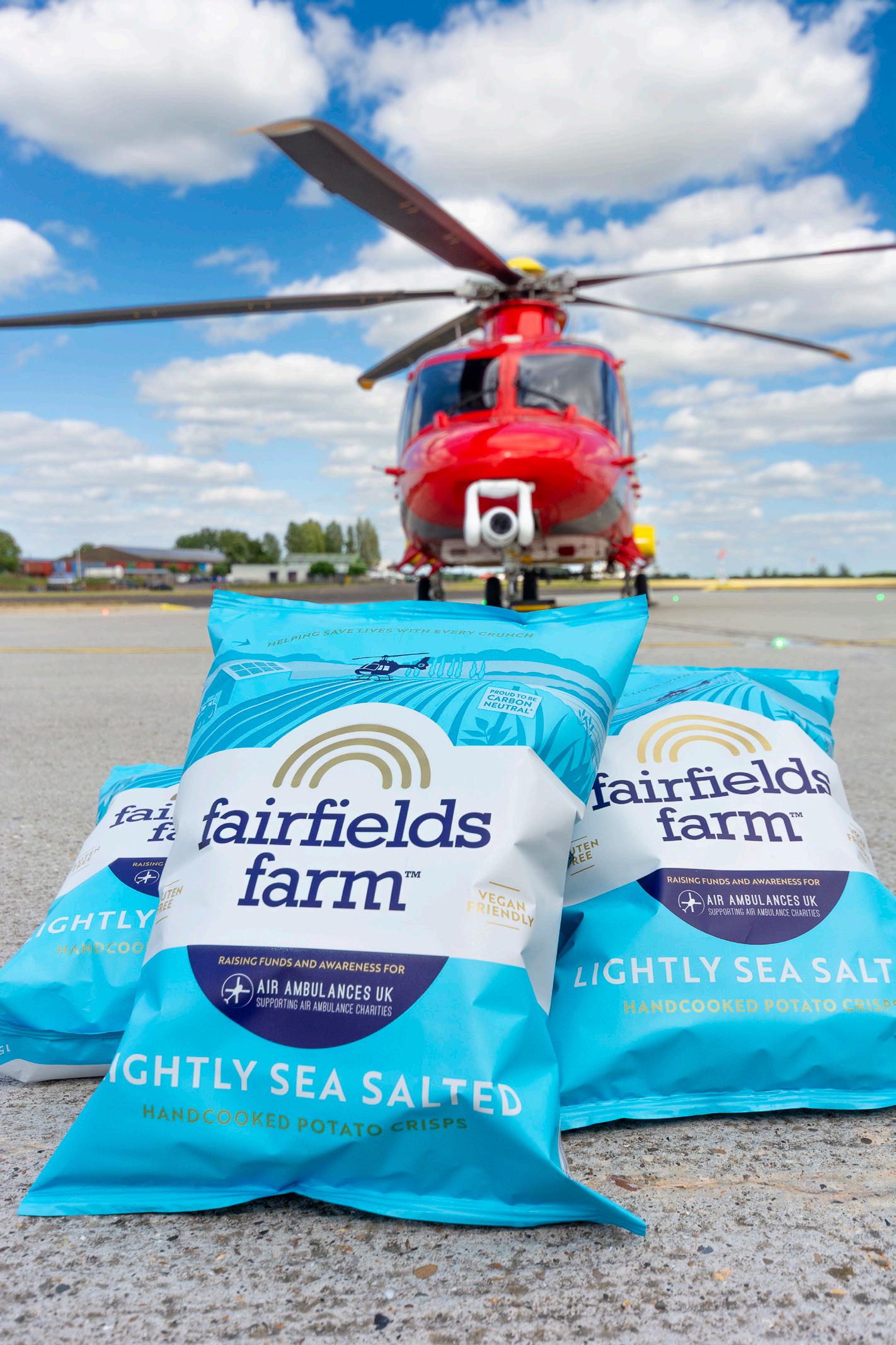
The Blue Light Show 2025 has just taken place at Olympia in London, bringing together professionals, volunteers, and enthusiasts across the emergency services sector. The highly successful show brought together frontline responders, industry experts, and the latest technology providers under one roof.

AAUK has launched a new video campaign designed to promote accessibility and inclusivity through British Sign Language (BSL).
The video, Learn Basic Sign Language with Eve, features AAUK ambassador Eve, a passionate advocate for BSL, who introduces viewers to a range of essential signs, from everyday greetings to emergency terms related to the air ambulance sector.
Filmed at the MAGPAS Air Ambulance base with a striking view of the helicopter in the background, the video offers a unique and engaging way for individuals, corporate partners, commercial supporters, and the air ambulance sector to begin learning BSL. The aim is to empower more people to communicate inclusively and effectively, especially in critical situations where sign language could help save lives.
Eve said:
“I’m incredibly proud to work with Air Ambulances UK on this project. BSL has given me a way to connect with people and make sure that no voice is left unheard. By helping others learn some of the basics, especially signs that could help in an emergency, I hope we’re building a more inclusive and understanding world one sign at a time. Together, let’s make a difference.”
The video includes fundamental signs such as hello, please, and thank you, before moving on to more sector-relevant terms like ambulance, emergency, and help.
The video concludes with a call to action, encouraging viewers to continue learning BSL and share the video across social media.
Eve can be found on Instagram @Lets.make.a_difference1
Scan to watch the video now
To find out more about Eve scan to visit her Instagram channel
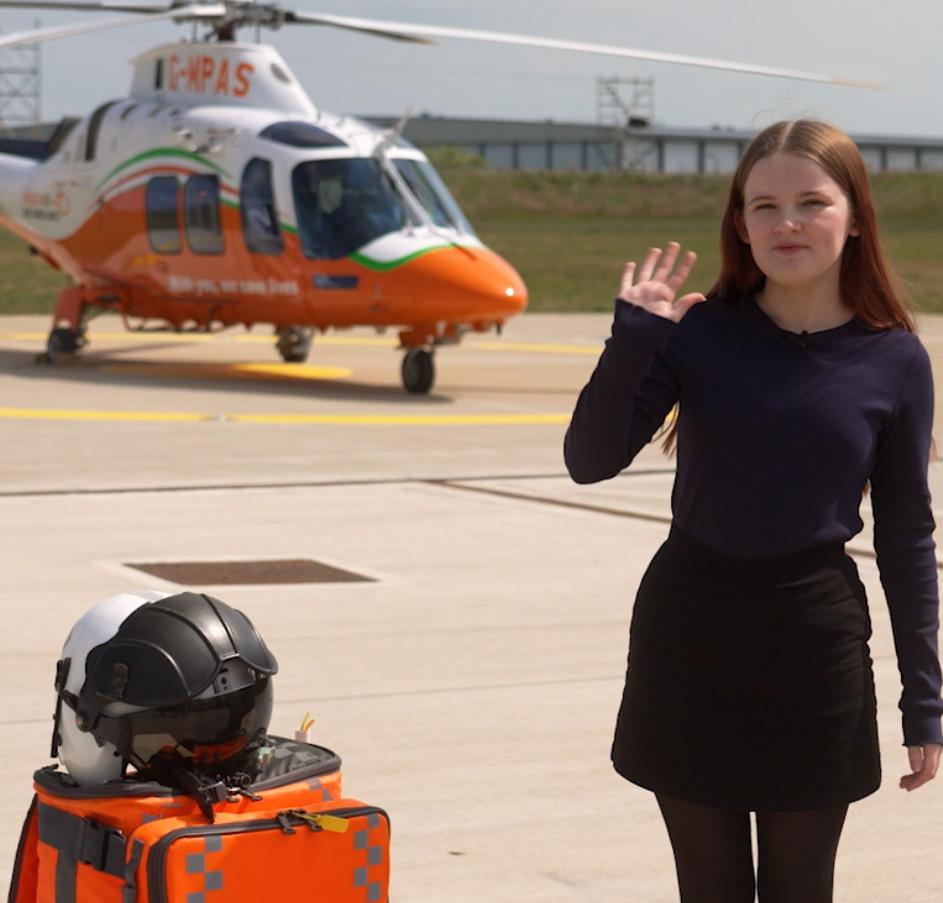
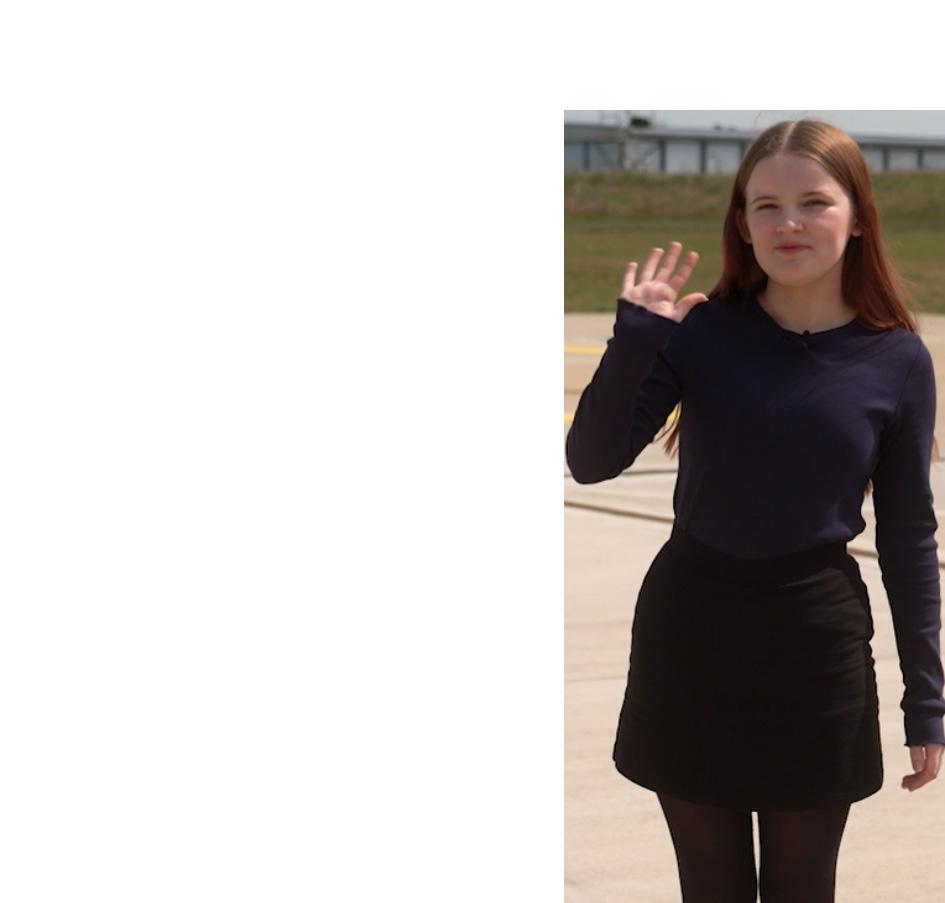
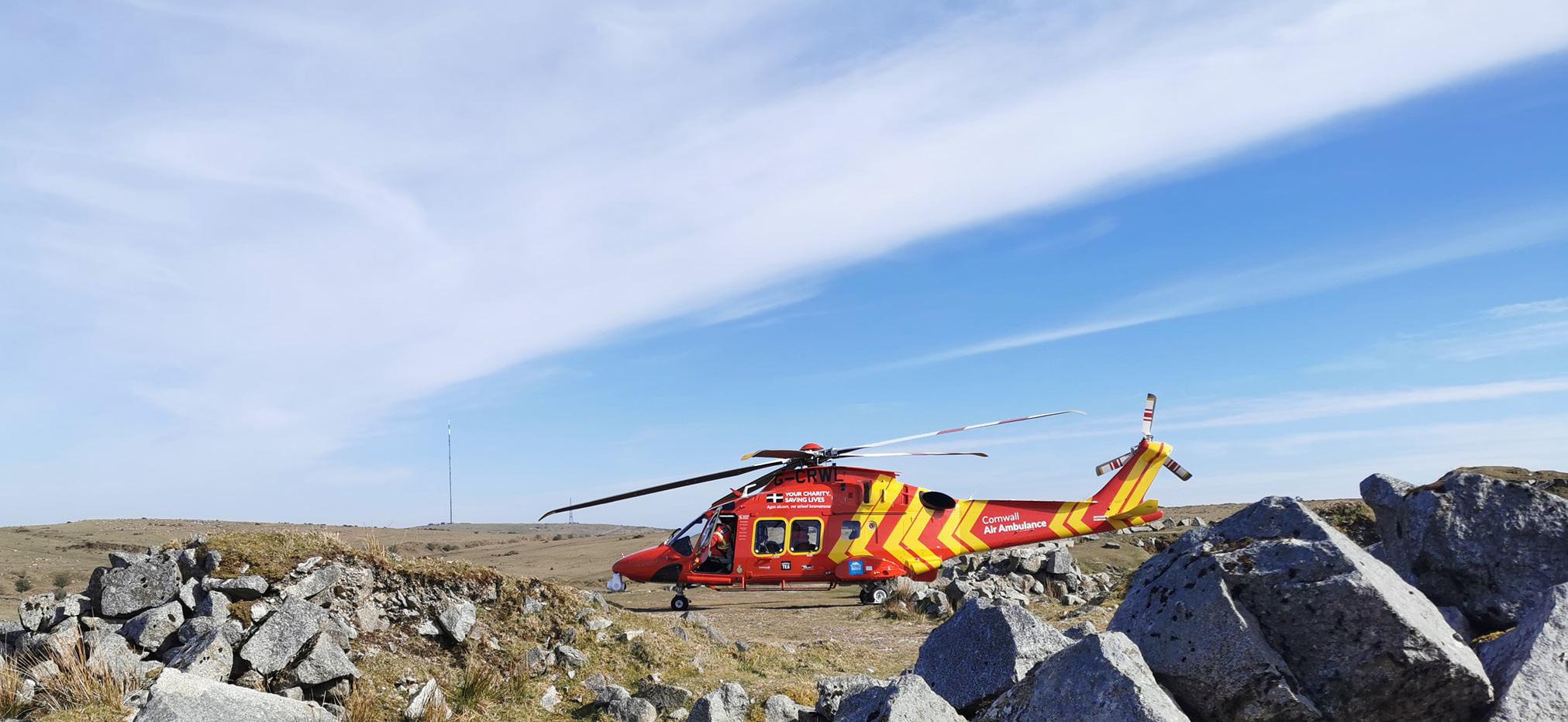
Cornwall Air Ambulance has signed a new contract with Castle Air Ltd, to continue as the charity’s helicopter operations partner. The aviation company, based in Liskeard, will continue to be responsible for the ongoing maintenance and engineering of the charity’s two AW169 helicopters.
The charity’s second AW169, G-CNLL, has undergone its medical fit, where all the components to turn the aircraft into a fully kitted out critical care resource were added. The aircraft then went to Castle Air for final inspections before it recently went into operation.

This Fund has contributed to the Endovascular Cardiac Arrest Team (ECAT) – a pioneering new initiative in London, designed to deliver cuttingedge care to patients experiencing medical cardiac arrest. This gives London’s Air Ambulance a unique capability to provide ECMO, which temporarily takes over heart function in patients who aren’t responding to standard resuscitation, securing them enough time to be transferred to a specialist cardiac centre for further treatment.
The project featured on ITV’s national news programmes. Dr Ben Singer, who has led on the project for London’s Air Ambulance, explained:
“Providing artificial heart support during cardiac arrest can make all the difference to patient outcomes, but not every patient can access that level of specialist support in time. This project can help level the playing field, offering a vital bridge for patients who do not respond to conventional resuscitation, giving them the best chance to reach specialist cardiac centres and get the care they need.
For the first time ever in the UK, London’s Air Ambulance is bringing ECMO (extracorporeal membrane oxygenation) to the streets of London, offering hope to patients in cardiac arrest. This has been made possible in part thanks to The Jude Morris Innovation & Development Fund.
“This capability represents a major advancement in pre-hospital care and more broadly UK resuscitation medicine.”
The team is dispatched by helicopter or rapid patients across London. This is all the result of a unique collaboration between London’s Air Ambulance Charity, London Ambulance Service and Barts Health NHS Trust, made possible through a number of funding partners, including The Jude Morris Innovation & Development Fund.
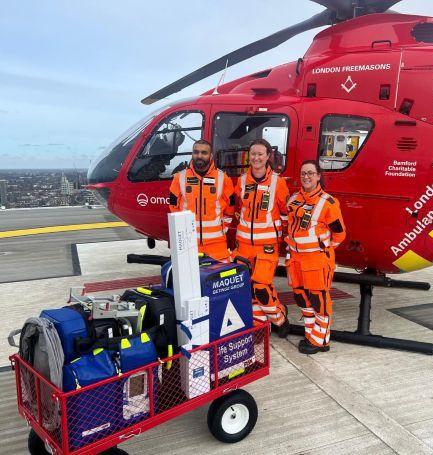
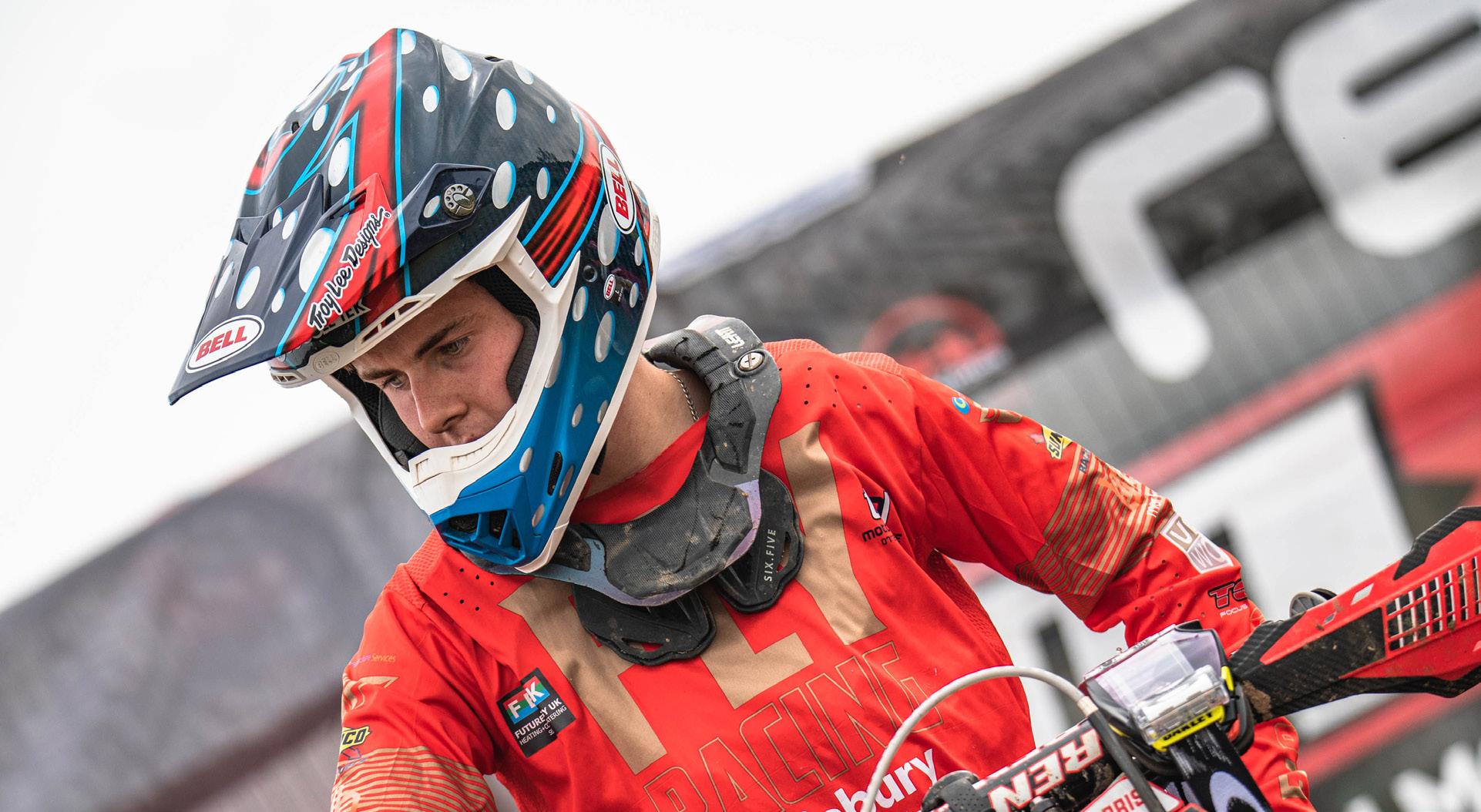
Jude’s parents, Lucy and Mark Morris, commented:
“We are incredibly proud to continue supporting the Jude Morris Innovation & Development Fund and the vital work of Air Ambulances UK. The Fund is a lasting tribute to Jude’s spirit, helping to drive forward groundbreaking projects such as the London ECAT initiative, which is delivering life-saving interventions to cardiac arrest patients in record time. It is a powerful reminder of the impact Jude’s legacy continues
The Civil Aviation Authority (CAA) has published a report, CAP 3075: Protecting the Future: Trials and Simulation of Downwash and Outwash for Helicopters and Powered Lift Aircraft, that explores the issue of downwash and outwash, calling for a fundamental shift in the way these transient airflows are seen.
The report comes on the back of a tragic fatality at Derriford Hospital, which laid bare the risks posed by rotorcraft outwash to third parties. Current approaches and guidance regarding downwash and outwash often show them as a form of wind, relatively steady in form. However, the real-world tests and simulations shown in this report reveal airflows under helicopters may be more complex than some current publications assume.
At the heart of this report is the RATHD initiative: Research Assessment of Transitory Helicopter Downwash. Funded by the CAA and powered by partnerships with Sophrodyne Aerospace and Snowdonia Aerospace, the project sought not just data, but understanding. Through a blend of simulation, on-site measurement, and first-hand observer testimony, RATHD challenged the belief that rotor downwash behaves like a steady breeze.
The project’s first major trial took place in July 2024 at Silverstone heliport, timed to coincide with the Formula 1 Grand Prix. With helicopters arriving and departing across the densely packed airspace, researchers had the rare opportunity to study downwash effects in real-world scenarios. Using hot-wire anemometers and pocket wind meters, the team attempted to quantify the gust patterns produced by different rotorcraft. But raw measurement was only part of the story.
Participants, some experienced emergency responders, reported intense physical and cognitive fatigue from the exposure. Standing near landing zones, they struggled to focus, communicate, and even maintain basic posture against gusts reaching over 50 knots. The findings revealed how turbulent air isn’t merely a mechanical force but also has psychological consequences. Disorientation, memory lapses, slowed reaction times all emerged as hazards for personnel operating in downwash zones, especially during patient transfers or winch operations when clarity and precision are paramount.
These experiences were amplified during the second trial phase, conducted in Wales at Caernarfon Airport using a Sikorsky S92—the same model involved in the Derriford incident.
With the aircraft hovering at heights of 65 and 6.5 feet, observers standing in front were subjected to intense airflow. Many struggled to remain upright or record readings accurately. Again, the tail rotor zones proved especially chaotic, with vortex patterns producing localised surges far exceeding expectations.
The trials underscored that there is no single safe zone around a rotorcraft. Airflow is not predictable, not evenly distributed, and not replicable from one aircraft to the next.
To complement the field results, Sophrodyne Aerospace deployed its advanced Vorticity Transport Model (VTM) to simulate airflow patterns digitally.
Two aircraft models were used: AMP-Heavy, a simplified eVTOL-style aircraft with rigid rotors, and SIK-92, a highly detailed rendering of the Sikorsky helicopter. Although both shared key specs like disc loading and weight, their airflow simulations diverged significantly. The AMP-Heavy exhibited more direct but less chaotic patterns; the SIK-92’s articulated rotor design spawned complex vortical structures and rapid gust reversals. These differences affirmed that rotor architecture matters deeply.

Perhaps the most striking simulation outcome was the presence of upward-extending vortex structures. Many regulations and design assumptions focus on downward and outward gusts, but Sophrodyne’s models showed intense airflow reaching above the rotorcraft, suggesting new risks for rooftop helipads, tall hospital buildings, and airspace close to landing trajectories.


With these findings, the CAP 3075 report challenges long-held beliefs that turbulence is symmetrical or consistent, it raises the differences between helicopters and eVTOLs, and it foregrounds the real-world human experience.
The trials showed how ground crews, paramedics, and even experienced pilots can become mentally compromised under downwash exposure. This demands a thoughtful response from air ambulance services about the potential effect on their operations. The implications extend to hospital helipad design, rooftop infrastructure, and even urban planning.
CAP 3075 champions expanded testing across varied aircraft types, encourages widespread adoption of real-time digital risk models, and calls on manufacturers to integrate downwash awareness into early design phases. It also promotes regulatory collaboration across international aviation bodies, ensuring that future policies reflect emerging aircraft configurations and operational realities.
Perhaps the most forward-thinking recommendation involves human factors: CAP 3075 proposes dedicated guidelines to address cognitive load during downwash exposure. This includes personnel training, communication protocols, and equipment standards designed to reduce risk during high-turbulence operations.
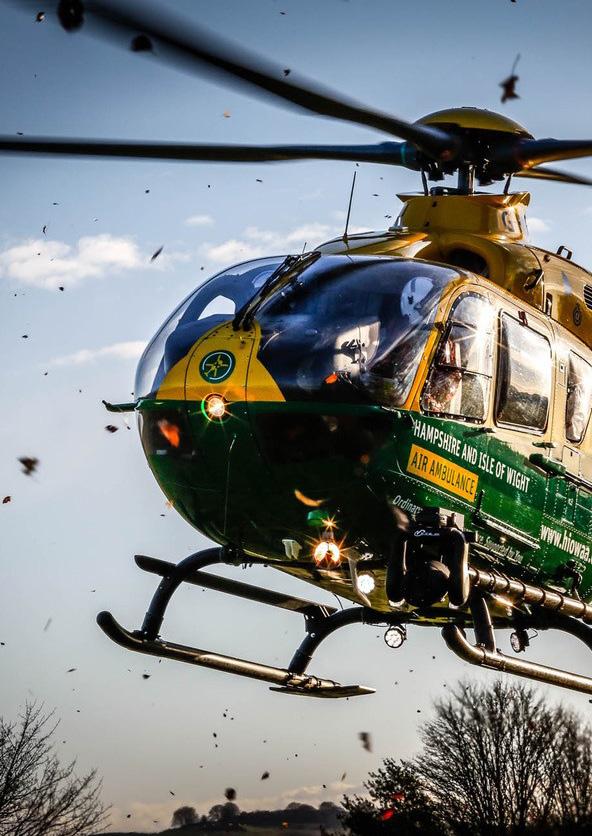




Airway: How does the ‘physics-based’ approach of this report compare to what you were taught about downwash?

Chris Knowles: Like many of our pilots, I came from a military background before transitioning to HEMS. I was already familiar with downwash and outwash – initially taught during basic training, like the CAA report suggests. Later, during instructor and test pilot training, many of us took on a more physics-based approach.



Airway asked Chris Knowles, Babcock Pilot for Hampshire and Isle of Wight Air Ambulance, for his views on the report.

In practice, operating large aircraft on tasks, like underslung loads (HELSO), winching, and helicopter in-flight refuelling, you experience the intense turbulence of downwash and outwash.


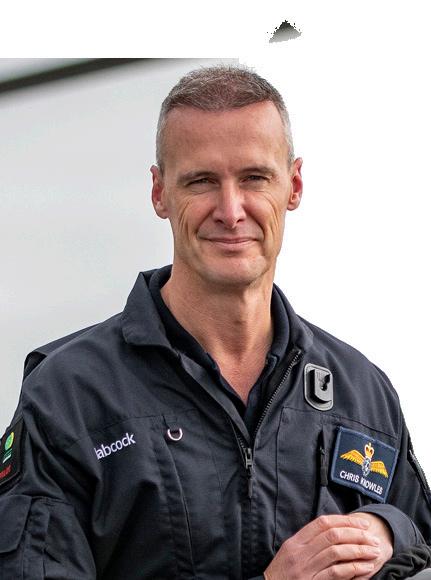

Airway: Is the reframing of downwash and outwash as very different from a form of wind a useful change?

CK: Probably the lack of impact of the boundary layer near the surface. I was surprised to see how little surface friction reduced the impact of downwash and outwash. I was also surprised by the use of Hot-Wire anemometers. It’d be great to see that data backed up by other technology like ultrasound anemometers to provide even more depth. It all adds to a richer understanding of the environment we’re working in.

CK: Absolutely. Anyone who’s operated without formal training in the topic can benefit from the way the report reframes it: not as a single predictable force, but as something complex, highly variable and dynamic. This is much closer to the reality of what we face day to day.
Airway: Do you recognise the cognitive effect the report talks about as well as the physical effects?
CK: Many times. Anyone flying helicopters and landing in variable environments ends up outside them during operations, crew changes and supporting winching. I think the report does a good job of acknowledging the cognitive and physical effects on people exposed to it.
Airway: How do you consider downwash and outwash when preparing to take off and land?
CK: It plays a big role. Downwash and outwash are core operational considerations in HEMS flying. We’re always assessing new landing sites, using our experience, judgement and training. We’re constantly assessing potential risks to people, livestock, buildings and vehicles. It’s a key focus for us all.
Airway: What was the most surprising finding in the report?

On 25 November 2022, David Jenkins was only five minutes into his journey to work when he went round a bend near Bishop’s Itchington and was in collision with a car heading in the opposite direction.



“When the red phone rang, we knew this was likely to be a serious mission,” explains Warwickshire & Northamptonshire Air Ambulance (WNAA) Critical Care Paramedic, Matthew Stringfellow.
Airway: Do air ambulances have different considerations re: downwash and outwash, compared to other helicopter applications?
CK: Yes, without a doubt. We’re often operating within strict time constraints and landing as close to the scene as safely possible.
We follow the “5 S’s”—size, shape, surround, surface and slope – then access and downwash when we assess landing zones.

We’re making calls on whether it’s safe but also if there’s a clear route in and out, what the risks are to patients, medics, bystanders and property, and how we protect everyone on the ground. Downwash can present risks to people close to the landing site, so we factor that into every approach.




I always want to land the team as close to the patient as possible, especially given the amount of equipment they carry, but our medics are great and understand it’s not always possible and we always respect each other’s decisions.

After a seven-minute flight, the crew was able to land directly next to the scene.
“Above the incident, we could see it was a big scene with lots of emergency services present. Once we were with David, it was clear he was critically unwell,” adds Matthew.
David had life-threatening injuries including a fractured pelvis, several ribs, and clavicle. His arm was fractured in three places, five vertebrae were fractured, including the top of his neck, both sides of his jaw and eye socket. He had a lacerated liver and spleen, punctured lung, and a severe traumatic brain injury.



Airway: What, if anything, will this report change for you and your organisation?
CK: We are laser focused on downwash and outwash risks, but as a learning organisation I think this report helps to re-focus on impact and unpredictability and the margins we need to manage risks effectively. It’s certainly a useful prompt for further thought and discussion on the topic.

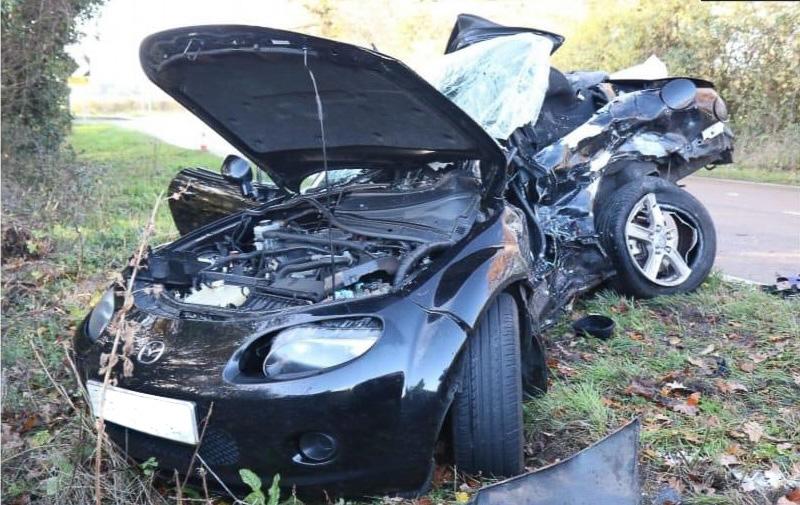










Treatment was given including pre-hospital emergency anaesthesia, which allowed the crew to insert a breathing tube into his lungs so they could take over his oxygenation and ventilation, whilst concurrently providing a transfusion of blood products.













The crew needed to get David to University Hospital Coventry & Warwickshire (UHCW) in Coventry; they accompanied him in the land ambulance.

“When we handed David over to the Major Trauma Centre team, we were very worried for David’s life and long-term outcome,” Matthew adds.

It was at this point that the hospital gave David 48 hours to live.















remained stable in critical care, but it was still touch and go. He had a tracheostomy to help him breathe, and during his stay caught sepsis and pneumonia.











David’s family gathered at the hospital. “It was such a shock. We knew that WNAA’s critical care team were fantastic and had stabilised his condition at the scene, but we were now in the hospital resus where they were preparing David, so he could go for emergency surgery,” says Rachel, David’s fiancée.
The UHCW team performed emergency surgery on David’s arm as his bone was protruding and there was a lot of blood loss, leading to a high risk of infection. Once in critical care, the team performed further surgery, implementing metal plates on both sides of his jaw as well as ten hours of spinal surgery, putting in plates and pins at the top of his spine.







“He spent three months in critical care, where he was in an induced coma. He was then transferred to a neurology ward, then spent a further six weeks in a rehabilitation hospital,” says Rachel. David had to learn how to do everything all over again including walking, talking and eating. At the end of April 2023, he finally came home.

“Because of the traumatic brain injury, David does struggle with fatigue, and he has many hospital outpatient appointments, but overall, he’s recovering well. From being given 48 hours to live, to returning home and living a normal life, it really is a miracle,” adds Rachel.











Thankful for David’s second chance at life, the couple chose to turn the worst day of their lives, into the best day of their lives, as on 25 November 2023 – a year after the incident –the couple got married in front of their family and friends at St John’s House, Warwick.















A series of seizures had left one-year-old Cora requiring specialist lifesaving medicine, which was on order at the local chemist. So, when the toddler started fitting again before the prescription arrived, her mother Katrina knew it was a race against time to save the youngster’s life.








“Cora had been prescribed the rescue meds, but it was her first prescription and a specialist drug that the chemist didn’t have in stock,” explained Katrina. another fit before supplies reached us. I was on my own at home with her and her twoyear-old sister, 45 minutes’ drive from hospital at Aberdeen.




“I tried not to panic but inside I was screaming. I knew how serious it was and I knew that every second brought her closer to permanent brain damage or death. I knew if an ambulance was coming from Aberdeen, they just wouldn’t reach us in time. I was terrified. We couldn’t lose her – we just couldn’t.”
Katrina dialled 999. “They kept me calm and said that help was on its way. I held Cora so that she wouldn’t hurt herself, but I never took my eyes off the clock,” explained Katrina. “We had been through so much with Cora and we knew that 20 minutes into a seizure could result in brain damage – longer than that and it could kill her.”

Scotland’s Charity Air Ambulance (SCAA) had already taken off from its Aberdeen base.


“I had no idea there was a helicopter coming until I heard it landing in a field next to the house,” said Katrina. “Suddenly there were doctors and paramedics taking over and I felt this huge sense of relief. It was all a bit overwhelming really. I knew they could save Cora and I’ve never been so truly grateful to any group of people in my life.”
After life-saving treatment at the house, Cora



by road

Three months later, the two little sisters were bridesmaids when their Mum and Dad married.
Shaken by the experience, the family has now moved to be nearer emergency care for Cora should she need it. The family is also taking part in fundraising for SCAA and Katrina’s workmates at Serica Energy are supporting the charity.
















Katrina adds: help to Cora within 15 minutes of my initial call. Without them we could have lost our little girl.”











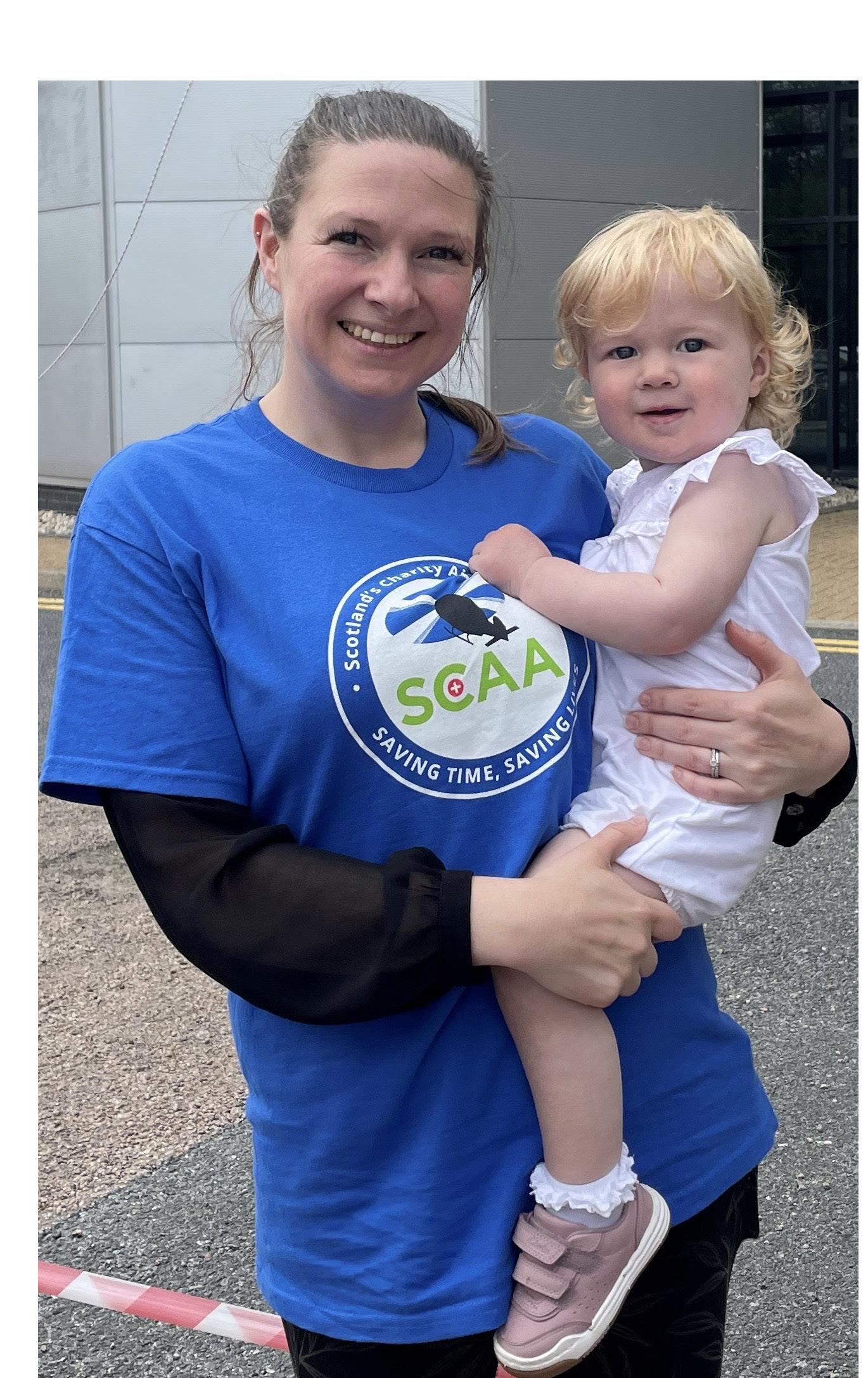



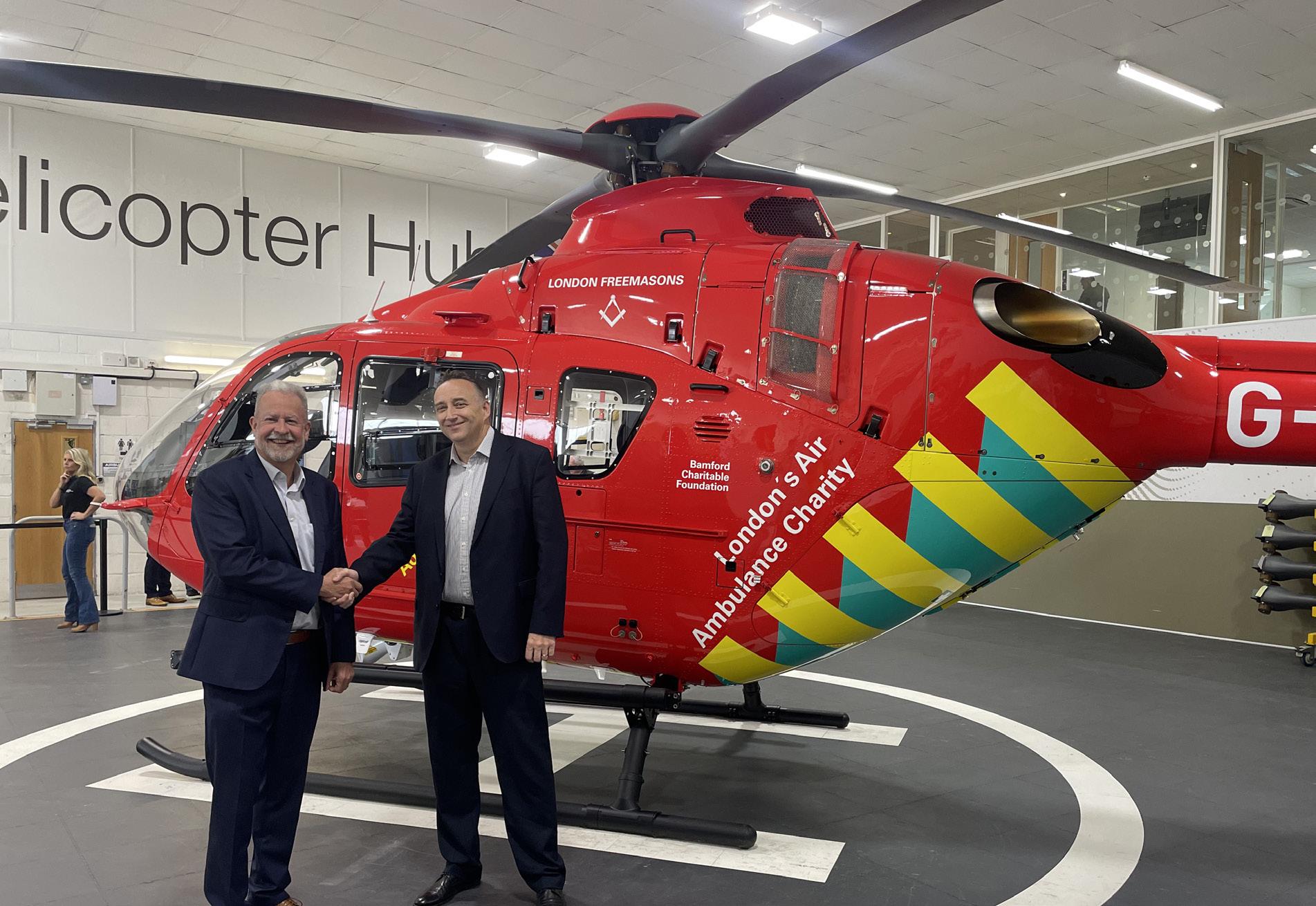











Aeroptimo delivers success in the rapidly changing world of HEMS



Aeroptimo’s management and advisory business was established seven years ago but benefits from many more years’ involvement in the UK air ambulance sector.
The team has delivered several bespoke packages to air ambulance charities, including North West Air Ambulance who Aeroptimo helped re-let their three-helicopter contract, which also saw the introduction of increased helicopter payloads and updated medical interiors. Aeroptimo’s initial strategy work on this project also led to the charity taking control of its operating base facilities from its contractor, thus creating a level playing field for a competitive procurement exercise.
The company helped Thames Valley Air Ambulance undertake a comprehensive strategy review which led to helping the charity set up its own air operation in 2022.
With Aeroptimo’s support, Wales Air Ambulance was able to select a new aviation partner whilst growing its preferred helicopter fleet under challenging timescales, while London’s Air Ambulance purchased, equipped and launched its new helicopters into service last October.
Aeroptimo has worked with other charities to resolve contractor relationship issues and put in place business continuity plans, as well as providing day-to-day AOC post-holder support and ongoing pilot training services.
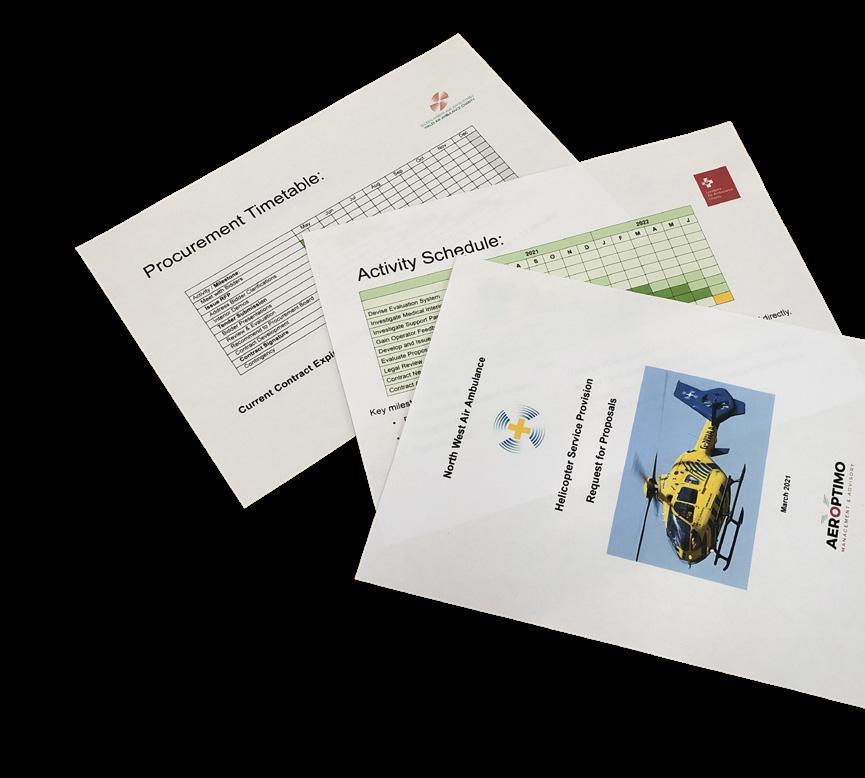
Aeroptimo recently voiced concerns over how, with helicopter procurement lead-times increasing, charities who outsource their air operations are becoming exposed by launching contract renewals far too late - often with less than 24 months to go. The company also noted how Brexit, Covid, and the general shortage of pilots had triggered many charities to reconsider their aviation strategy and investigate the benefits of having their own in-house operation. Whilst this option wouldn’t be a solution for all, Aeroptimo anticipated the trend towards setting up AOCs would continue and indeed it has. Due to the diverse configuration of the various air ambulance operations, it would not be realistic for charities to operate under a standardised AOC, but there could be scope for limited collaborations in areas such as training and back-up pilot or helicopter provision.
Why do charities use Aeroptimo? Nigel Lemon, Managing Consultant at Aeroptimo, comments:
“It’s not just our industry insight, our independence from the aircraft suppliers or our extensive suite of methodologies - it’s because we have our own team of active flight operations and engineering practitioners. This breadth of knowledge and experience, coupled with our project management and commercial expertise enables us to provide comprehensive support at each stage of your project and to help you avoid costly pitfalls.”







If you have an aviation contract renewal looming or would like to explore how you might develop your air operation more cost effectively, visit www.aeroptimo.com or contact Nigel Lemon on 07725 241 204 or at nigel@aeroptimo.com.





“At LFS, we’ve always believed that the next big thing in lottery and regular giving subscription fundraising is about reducing friction in the proven face-to-face model,” says Ged Jones, Chief Executive of Lottery Fundraising Services (LFS), which has over thirty years of supporting air ambulance charities. Ged continues:
“While it makes sense for the Third Sector to explore digital fundraising - and we have plenty of ideas about how to leverage this - we believe there are other, easier and more effective paths forward.
“Digital subscription fundraising at scale is tricky because, although much of our daily lives are spent being ‘engaged’ and ‘influenced’ on our phones, charitable giving is about goodwill, not selling a tangible product. And, when you consider how saturated the commercial subscription market is and the current shift toward usage-based models—where even Netflix expects subscribers to come and go based on their engagement and content needs—it’s clear why charitable digital subscriptions remain a significant challenge.
“So, what’s the solution? We believe the next big thing in subscription fundraising is surprisingly simple - though complex and nuanced to achieve. We’re working exclusively with our air ambulance partners to launch the next generation of gamechanging face-to-face subscription methods in the autumn of this year. This will dramatically reduce payment friction and streamline face-to-face sign-ups based on the needs and behaviours of modern donors.”

Ged Jones
LFS says it will be answering these big questions:
• How do we help those whose banks (including NatWest and Monzo) don’t print account details on cards, making traditional Direct Debit sign-ups often impossible?
• How can we simplify in-person payments for those who prefer to pay with cards or digital wallets?
• How do we discourage impulse cancellations, where Direct Debit donors cancel with one click in their banking app on any given morning?
• How do we boost confidence among those wary of sharing bank details with face-to-face fundraisers in today’s hostile, security-conscious world?
Ged concludes: “We firmly believe that genuine, meaningful face-to-face conversations naturally inspire a sense of charitable need, community, and donor loyalty. Done well, what better social feedback loop is there than an immediate, in-person ‘thank you’?
And what better way to bring low-value, high-volume donors so you can make data-driven insights on their future supporter journeys?
“Face-to-face fundraising has already evolved from cash to cheques, and from standing orders to Direct Debits. It has evolved from paper welcome letters to digital on-boarding. At LFS, we’re heavily investing in our proprietary IT, payment solutions and digital tools so together with our charity partners, we can deliver the next generation of face-to-face subscription fundraising.”


